Once a pregnant woman has decided on a hospital birth, there are still many choices to be made. Not all hospitals are the same, and the quality of care may vary a lot as well as the quality of equipment is available. One thing to look at in a hospital is Baby Friendly certification.
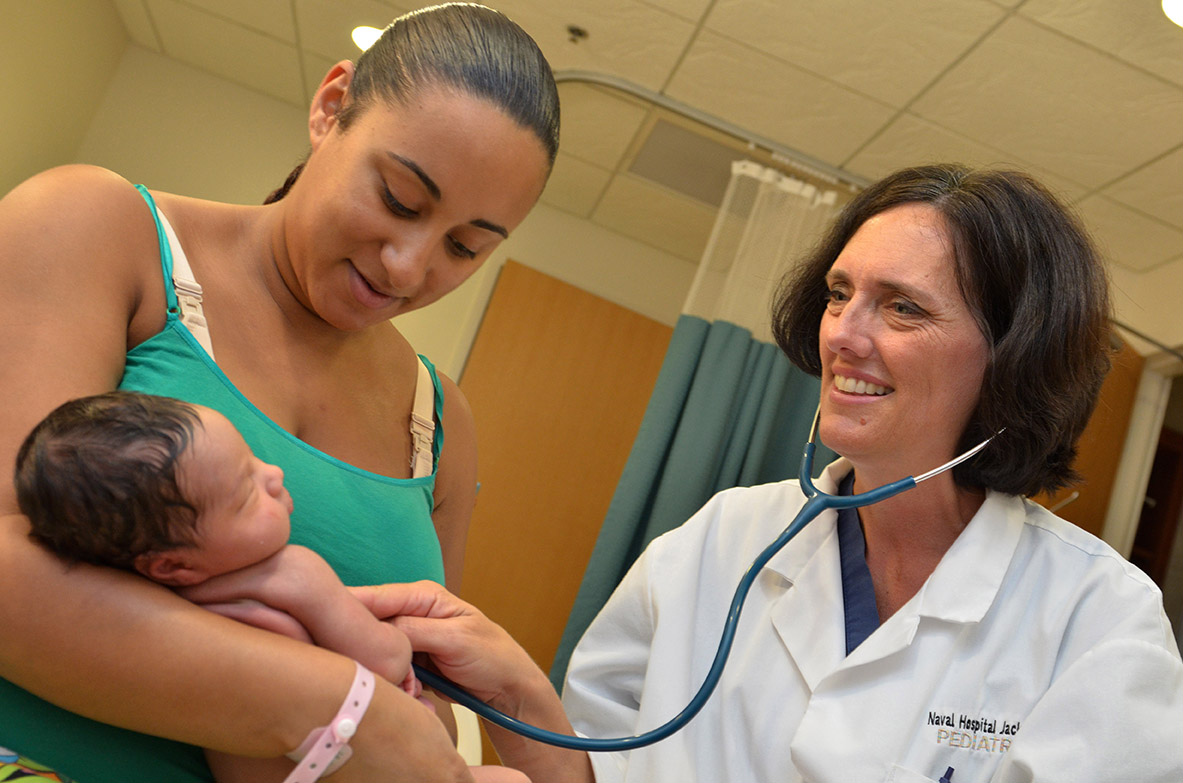
What is Baby Friendly?
The Baby Friendly initiative was started in 1991 by two major child-advocacy organizations the World Health Organization and UNICEF. The initiative was meant to promote breastfeeding and increase the number of infants who receives breast milk, which is universally recognized to be the optimal infant nutrition. Since its start, 152 countries commenced implementing the Baby Friendly Hospital Initiative, with individual hospitals receiving the certification if they meet the demands.
What are those demands, and what should they mean for moms and babies staying in a Baby Friendly hospital? First, encouraging breastfeeding is vital, with all the staff of a hospital being aware of this. You should find freebie formula samples or doctors encouraging you to bottle feed at Baby Friendly hospitals. Staff and moms should be informed about the benefits of breastfeeding, and moms should be encouraged to breastfeed within 30 minutes of their baby's birth.
There should also be no artificial teats, bottles, and anything other than breast milk literally "shoved down your baby's throat" in a Baby Friendly hospital, unless there are genuine medical concerns. Lactation consultants should be available in all Baby Friendly hospitals, in case you run into trouble.In practice, that means that moms and babies room in together in Baby Friendly hospitals, which is a big advantage in many developing countries and even often in more developed economies.
You shouldn't be separated from your baby, except perhaps for hearing tests, and similar medical examinations. Besides helping you to establish a successful breastfeeding relationship, this should also help bonding and decrease outside interference which is so annoying to many new mothers.
- www.who.int/nutrition/topics/bfhi/en/
- Photo courtesy of U.S. Navy photo by Jacob Sippel via: navymedicine.navylive.dodlive.mil/archives/5416




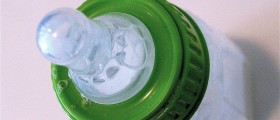
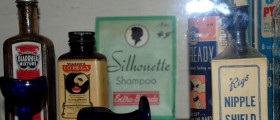


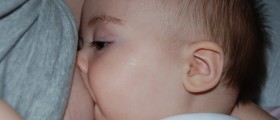


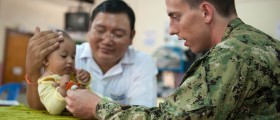

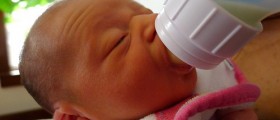


Your thoughts on this
Loading...